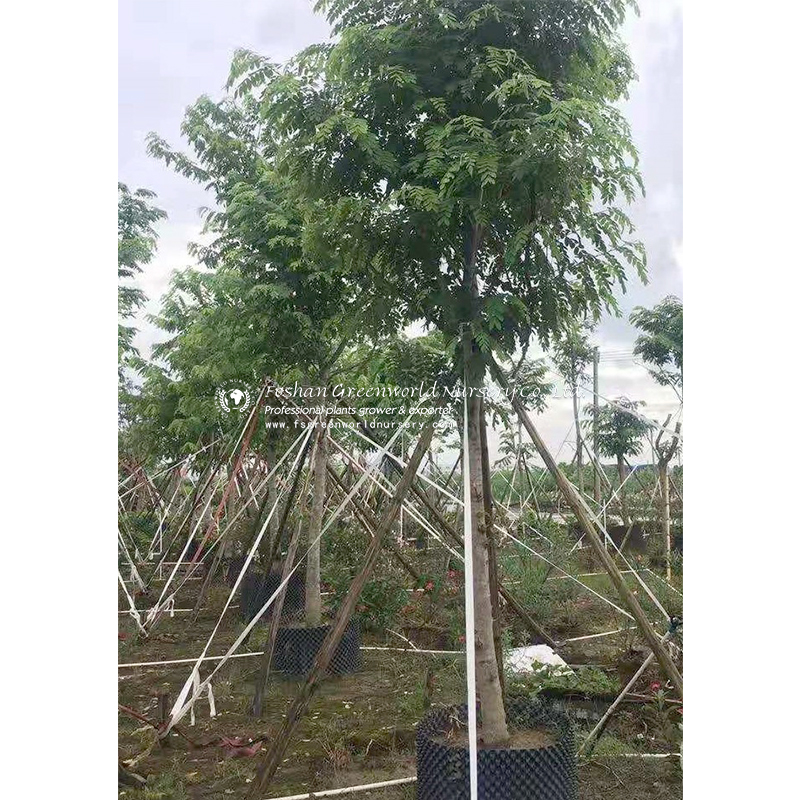
One company that has been dedicated to promoting the cultivation and preservation of the Sacred Fig Tree is [Company Name]. With a focus on environmental sustainability and cultural preservation, [Company Name] has been instrumental in promoting the planting of Sacred Fig Trees in urban landscapes and communities.
The company's extensive knowledge and experience in the cultivation and maintenance of various tree species, including the Sacred Fig Tree, have made it a leader in the green industry. It offers a wide range of services, from tree planting and maintenance to landscape design and conservation.
In addition to the Sacred Fig Tree, [Company Name] specializes in the cultivation of various other tree species, including Lagerstroemia Indica, Delonix Regia, Hibiscus Tiliaceus, Albizia Saman, and many more. Its expertise in the preservation and propagation of these species has earned it a strong reputation in the industry.
Furthermore, [Company Name] has a strong focus on environmental conservation and sustainability. It has implemented various initiatives to promote the planting of trees and the preservation of green spaces. The company has also been involved in numerous community projects aimed at raising awareness about the importance of trees in urban environments.
One of [Company Name]'s most notable initiatives is the Sacred Fig Tree plantation program, which aims to increase the presence of these revered trees in urban areas. This program has been successful in raising awareness about the cultural and environmental significance of the Sacred Fig Tree, and has led to an increased interest in planting and preserving these trees in various communities.
In addition to its plantation program, [Company Name] has also been involved in research and development projects aimed at improving the cultivation and maintenance of the Sacred Fig Tree. This includes efforts to develop new and more efficient methods for propagation, as well as the identification of best practices for caring for these trees.
One of the key benefits of the Sacred Fig Tree is its ability to provide shade and cool the surrounding environment. This is particularly important in urban areas, where high temperatures and air pollution can have a negative impact on public health. By promoting the planting of these trees, [Company Name] has been able to contribute to the creation of more sustainable and livable cities.
Furthermore, the presence of Sacred Fig Trees in urban landscapes has also been linked to a sense of cultural and spiritual well-being. In many cultures, the tree is considered sacred and is associated with traditional rituals and practices. By promoting the cultivation of these trees, [Company Name] has been able to help preserve and promote cultural heritage in urban environments.
With its expertise in tree cultivation and environmental conservation, [Company Name] has established itself as a leading advocate for the preservation and propagation of the Sacred Fig Tree. Its efforts have not only contributed to the greening of urban spaces but have also helped raise awareness about the cultural and environmental significance of these revered trees.
In the future, [Company Name] is committed to continuing its efforts to promote the planting and preservation of Sacred Fig Trees and other tree species. It will continue to work with communities, businesses, and local authorities to create more sustainable and vibrant urban environments. By doing so, [Company Name] hopes to contribute to the creation of healthier, more livable cities for future generations.
